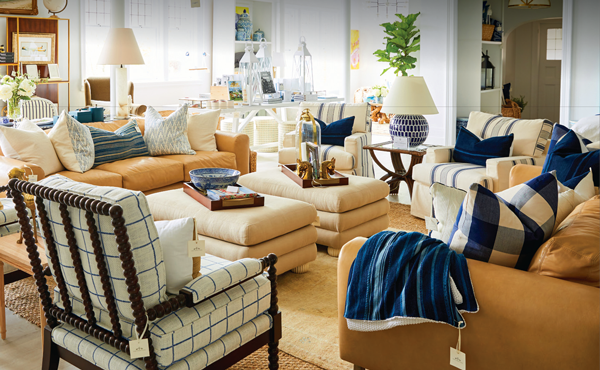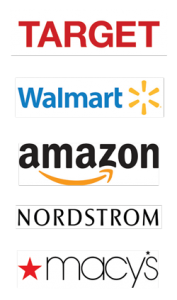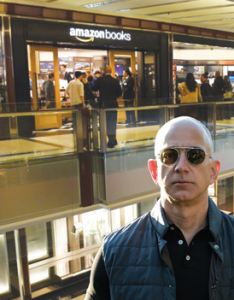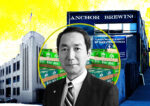Trending
Online or onsite?
Digital behemoth Amazon is the latest in a string of e-companies to go bricks and mortar in NYC — despite a brutal retail landscape

Nearly a third of consumers from nine countries say they would rather do the dishes than go shopping — at least in an actual store, according to a recent survey by French information technology firm Capgemini. Not surprisingly, that attitude has put a major damper on retail as consumers have increasingly opted for the convenience of ordering everything from diapers to makeup to clothing online. Given that backdrop, the question must be asked: Why are major e-commerce retailers bucking the trend and investing in bricks and mortar in New York City?
Digital behemoth Amazon is the latest company to dip its toe into the traditional retail world. It opened its first NYC store in May, and sources say it will soon open another here. (It has also announced a monster $13.7 billion deal to buy Whole Foods, which has a worldwide footprint of roughly 18 million square feet.) Meanwhile, the trendy men’s clothing store Bonobos and the hip eyewear company Warby Parker, which both started online-only, have expanded at a rapid clip with locations in NYC and elsewhere. And over the summer, furniture and decor website One Kings Lane opened its first location — a pop-up — in Southampton. While retail nationwide is undoubtedly struggling, sales in physical stores still far surpass online sales, perhaps explaining why these e-companies want to plant an actual flag. But it remains to be seen what sort of equilibrium retailers will need to establish to create the ideal balance between their real and virtual presence.
8
 The number of stores Warby Parker has in NYC, more than any other brand that started as online only. The retailer now has 56 stores nationwide, up from 46 in January, when co-CEO Neil Blumenthal announced he wanted to open at least 25 more in 2017, noting that the “majority of retail still happens within four walls.”
The number of stores Warby Parker has in NYC, more than any other brand that started as online only. The retailer now has 56 stores nationwide, up from 46 in January, when co-CEO Neil Blumenthal announced he wanted to open at least 25 more in 2017, noting that the “majority of retail still happens within four walls.”
$106B
The amount of money — adjusted for “seasonal variation” — that U.S. retailers raked in online in 2017’s first quarter. That might seem like a lot, but it’s actually only 8.5 percent of the estimated $1.25 trillion in retail sales for the quarter. Still, online sales account for more than twice the roughly 3.5 percent they did a decade ago.
2025
The point at which online retail purchases are expected to make up a full quarter of all retail sales — purchases that will no doubt be siphoned away from actual stores.
11,354
Amazon’s total NYC retail footprint in square feet. The retailer opened its first store in the city, Amazon Books on Columbus Circle, in May. In July, sources told TRD that the company is opening a 7,354-square-foot retail space at 72 Spring Street in Soho. Since 2015, it’s opened eight bookstores nationwide.
$355.9B
 Amazon’s market value at the end of 2016. That was more than the $297 billion value of the eight biggest publicly traded U.S. department stores and big-box retailers — including Walmart, Target, Nordstrom and Macy’s — combined.
Amazon’s market value at the end of 2016. That was more than the $297 billion value of the eight biggest publicly traded U.S. department stores and big-box retailers — including Walmart, Target, Nordstrom and Macy’s — combined.
26%
The overall loss in market value that those eight retailers suffered between 2006 and 2016. Meanwhile, Amazon’s market value shot up a massive 1,934 percent during that time.
$1.6B
The amount of construction spending logged for June at shopping centers nationwide — the highest since 2008. In a clear sign that retailers are battling to stay relevant in today’s digital world, however, a big chunk of that cash is going to reposition existing properties by adding experiential amenities like dining.
3x
The increase in the number of distressed bonds issued in the U.S. retail and apparel markets since 2011. Moody’s Investor Services found that 13.5 percent of its portfolio in the two sectors is distressed, just 2.5 percentage points lower than during the Great Recession.




